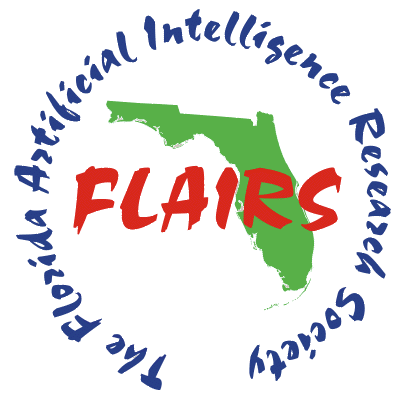Estimate Undergraduate Student Enrollment in Courses by Re-purposing Recommendation Tools
DOI:
https://doi.org/10.32473/flairs.37.1.135584Keywords:
student enrollment prediction, course recommendation, regression models, administrative support, AI in educationAbstract
Resource allocation in educational institutions is a very challenging task in higher education. To prepare for every new semester, academic administration faces various challenges in allocating instructors, classrooms, sessions, teaching assistants, and laboratories for different possible courses considering students' needs and the limited available resources. Predicting the number of students enrolled in a specific class in the next semester can help with this task. To address this problem, we investigate various machine learning models (direct and indirect methods) using different features of course enrollment data of past students to predict the number of enrollments in possible courses in the upcoming semester. In this work, we propose to use a course recommendation model as a first step to generate suggestions for students, and then, use those to estimate student enrollment in the courses of the next semester. We test four course recommendation models, two time series models, three regression models, and three baseline approaches for course enrollment prediction. The experimental evaluation demonstrates that our proposed approach achieves good behavior and similar or better performance compared to other competing approaches to predict student enrollment in courses.
Downloads
Published
How to Cite
Issue
Section
License
Copyright (c) 2024 Md Akib Zabed Khan, Agoritsa Polyzou

This work is licensed under a Creative Commons Attribution-NonCommercial 4.0 International License.


